Don't wanna be here? Send us removal request.
Photo

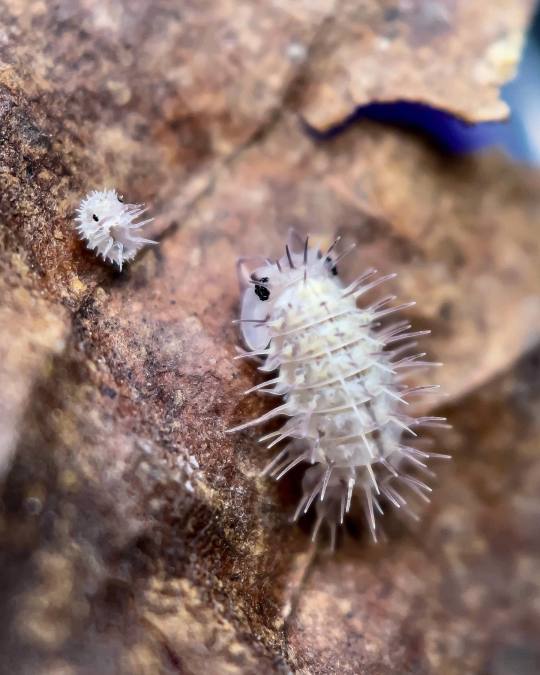
Ivory spiky isopod, Laureola sp., Armadillidae
Captive bred by The Isopod Barracks, Olympia, Washington
The Isopod Barracks on Facebook // Instagram
Photos shared with permission; do not remove credit or re-post!
3K notes
·
View notes
Photo
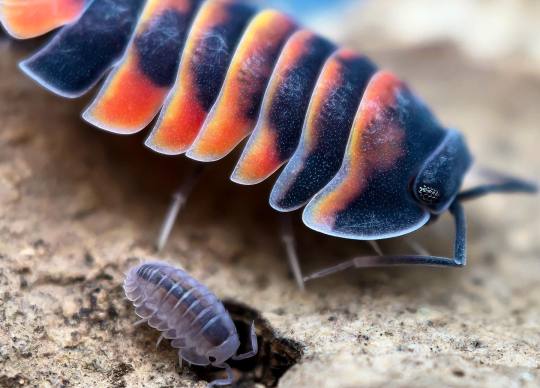
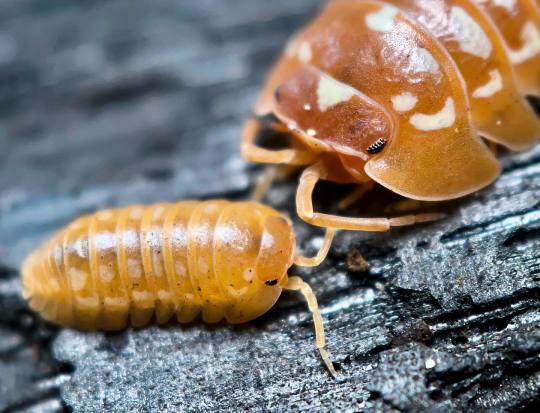
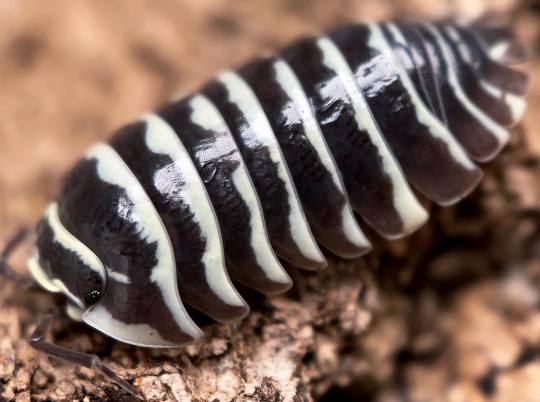
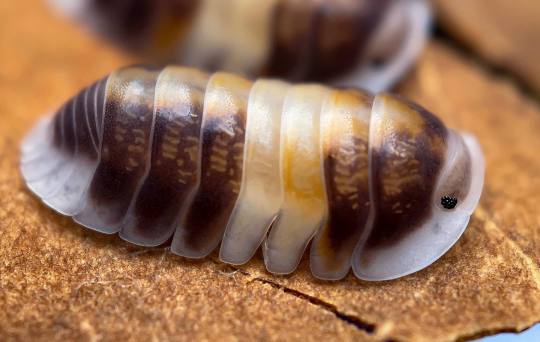
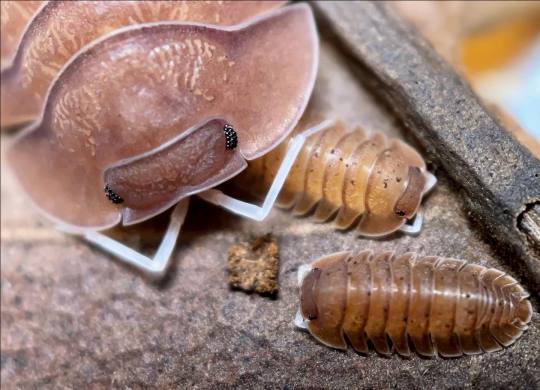
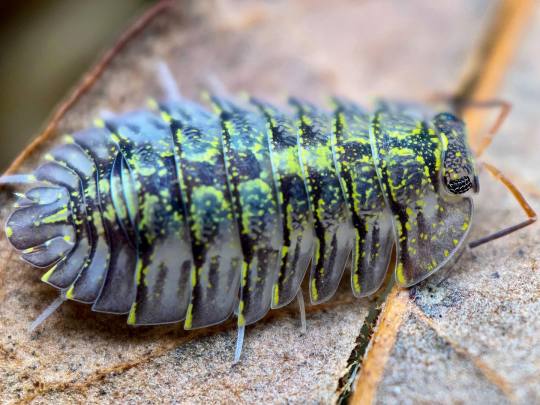
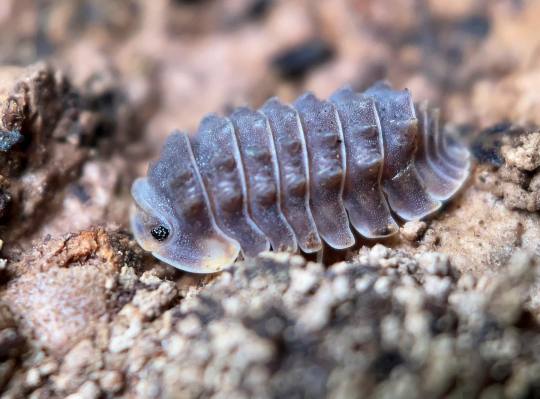
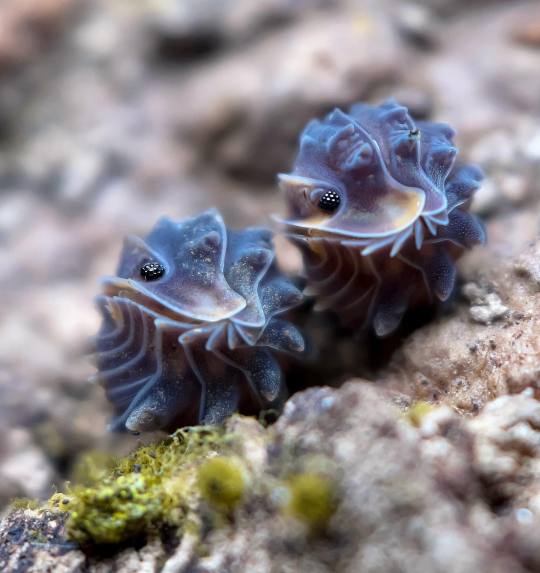
Captive bred isopods via The Isopod Barracks on Facebook and Instagram
1. Merulanella sp. “Red Ember Bee” 2. Armadillidium werneri “Orange” 3. Armadillidium maculatum “Zebra” 4. Cubaris sp. “Cappuccino” 5. Cubaris sp. “Soil” 6. Cubaris sp. “Green Spot” 7-8. Unidentified species “Shiny Gator��
Photos shared with permission; do not remove credit or re-post!
8K notes
·
View notes
Text
I love ducky,, dream pod,,, }([[[) (]]]){
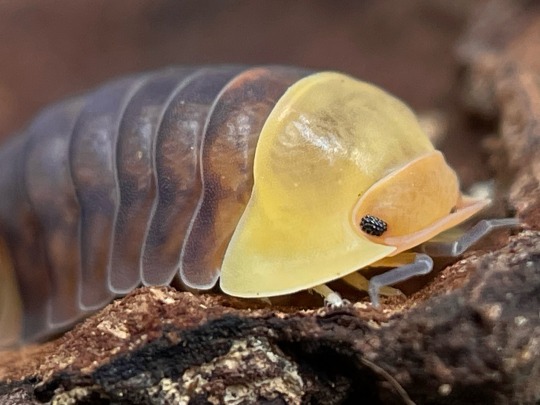
do observe a pleasant little animal
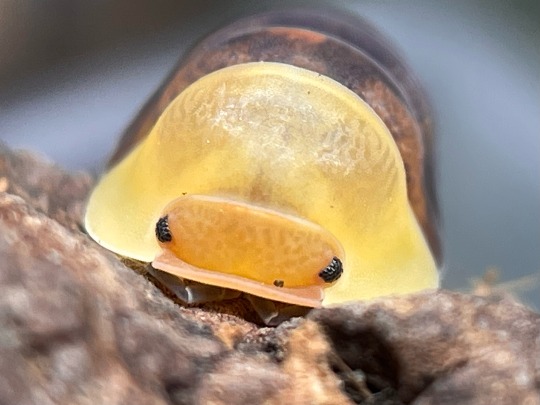
•___•
(Armadillidae sp. Rubber Ducky)
10K notes
·
View notes
Text
Omg,,, the pod-bus,,,
about to start bawling my eyes out watching this baby isopod get a piggyback ride for the past five minutes
22 notes
·
View notes
Text

continuing with my Porcellio scaber mutants, this one is a particular favorite of mine. bred from a single wild female with stunning yellow coloration, this strain shows high rates of mottled males, hinting that it isn’t only a sex-dependent calico (though there’s likely that in them as well!).

the latest group of these has some very yellowish males, which hopefully won’t fade as much as their fathers did. many of the females, like this one, are an even bolder yellow than their great-grandmother.
466 notes
·
View notes
Text
reading an online discussion about fairy shrimp and someone remarked that "what they lack in charisma, they make up in vigor" and maybe I'm just hopelessly bug-pilled but I think these sad little feathers with the dot eyes deserve at least some universal cute credit
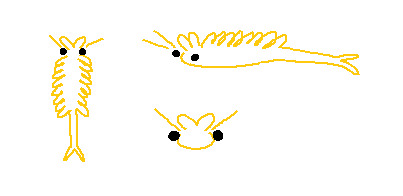
28K notes
·
View notes
Text
There has been a rather concerning amount of dirt shrimp appearing in my basement or in the window on the inside… 3, to be exact, which, like, any is concerning lol i don’t want them to dehydrate or starve or desiccate in there,, so they are now living with the rest of my wild A. nasatum colony lol
#they’re from the same place LMAO#my front yard#isopods#dirt shrimp#armadillidium nasatum#isopod#noodles isopods#armadillidium vulgare#text post#why the fuck do they keep coming in#there is nothing for you to eat!!#dumb dumb little roly boys#one of them literally FELL ONTO MY DESK!!#made a tiny tink noise and everything#its okay tho its in my nice comfy cozy colony now#full of food
0 notes
Text
Porcellio scaber 'dark orange' project update
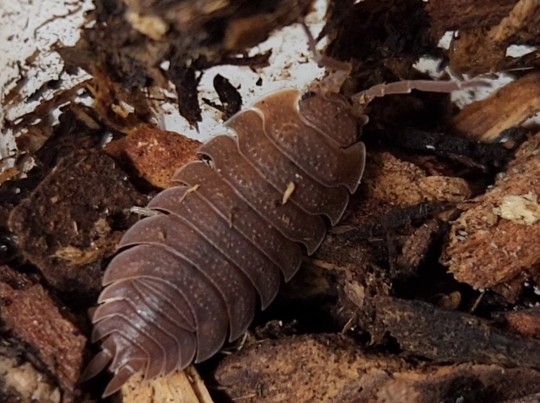
F2
The orange did indeed prove out! I've separated the f2 generation into their het and homo groups. I lost the paper I was keeping count on, but I remember the ratio being consistent with my 50/50 expectation.

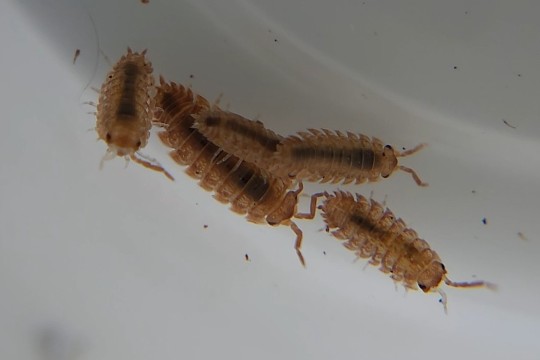
Here they are! My camera really wanted to enhance the orange. The video still on the right is more accurate.
Their coloration is noticeably grainy and looks darker than regular 'orange' to me, but I might be imagining things. There's not too much variation.
Dark Orange X Spanish Orange
Now HERE'S where it gets interesting! The 'Dark Orange' X 'Spanish Orange' cross was a little test breeding meant to verify whether the same recessive amelanism gene was responsible for the orange color in both morphs. I expected to see either all grey (meaning they were separate genes) or all orange (meaning they were the same). What I didn't expect to see was three distinct phenotypes.
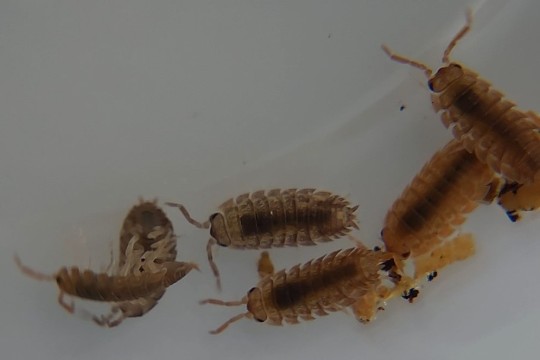
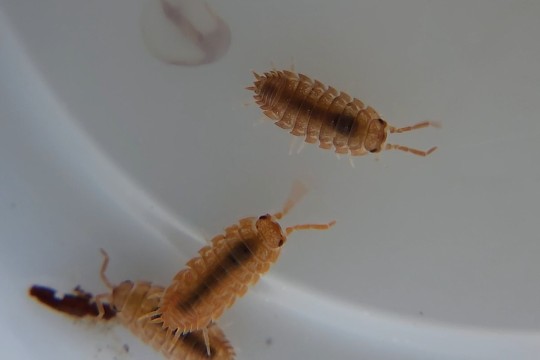
There's the classic orange that I expected, a browner/darker orange, and three greys for some reason.
So YES! The classic recessive amel gene is responsible for the orange in 'dark orange'.
But did the 'dark' gene just prove out? Is it a dominant or co-dominant allele? Idk! I have to wait until the homozygous f2s are bigger to see if all or any of them share this trait. Their having grainy coloration and being mixed ages makes it frustratingly difficult to tell at this stage.
I attribute the even coloration of this test cross to the 'Spanish Orange' side of the family, since pure Spanish Orange stock is known for its smooth coloration.
Now to address the greys. Yeah, I don't know what happened here. The mother has been isolated with the progenitor in a harem setup since way before she was sexually mature. The only thing I can think is that one of the f2 sons managed to breed with her before I removed them. I'm not sure how that's possible as I removed them when they were absolutely tiny but it's the most likely explanation I can think of. I've separated the three greys into their own bin for now. Maybe the answers will be further down the road.
Unfortunately, I can't find the original dark orange male who started all this. I'm not sure if he passed away or if he somehow eluded me when I sifted. Wherever he is... o7
#porcellio scaber#isopods#isopod genetics#bugblr#p. scaber dark orange.proj#isopodblr#not my post#i love these goofy little fuckers#goofy little mustache havin dirt shrimp#land trilobite
163 notes
·
View notes
Text
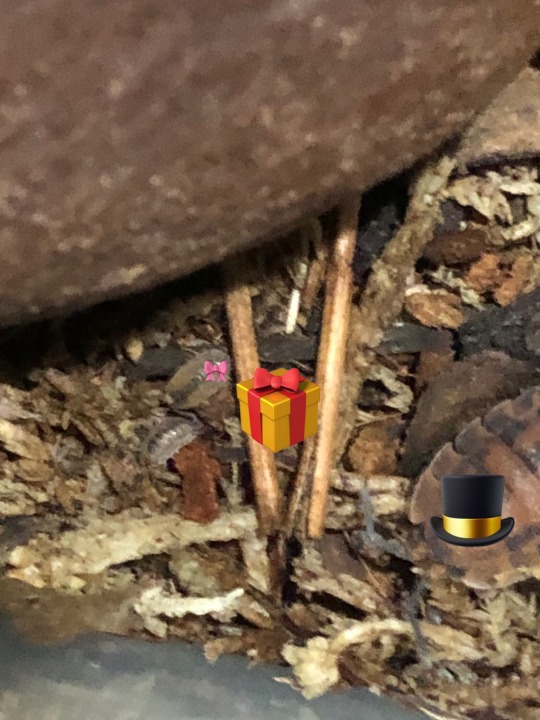
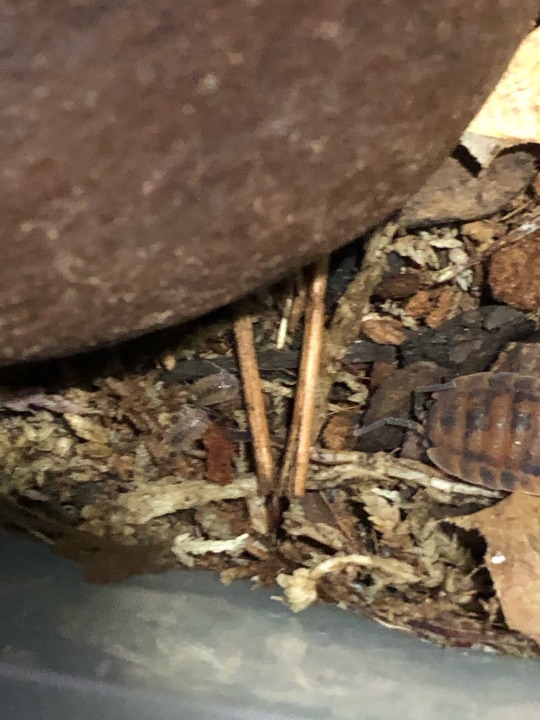
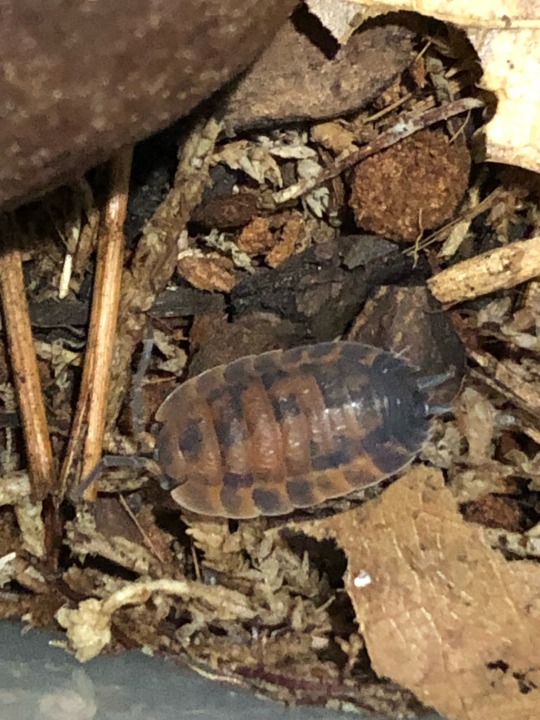
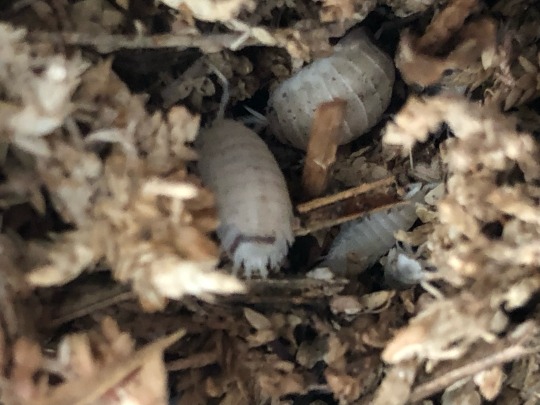
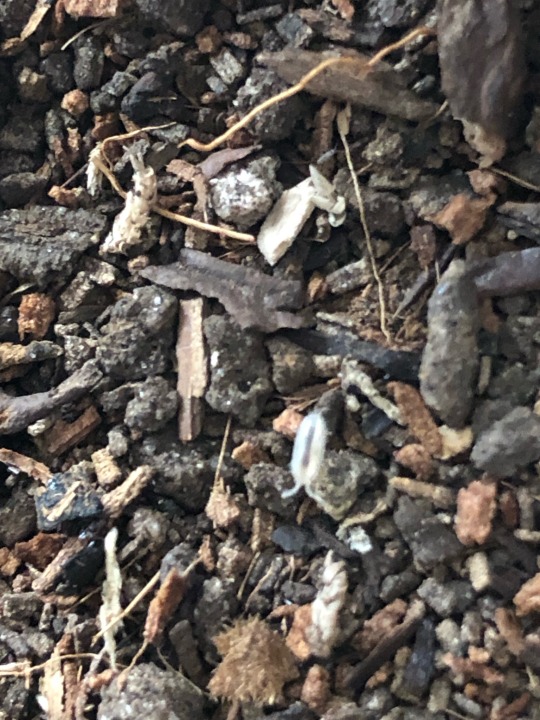
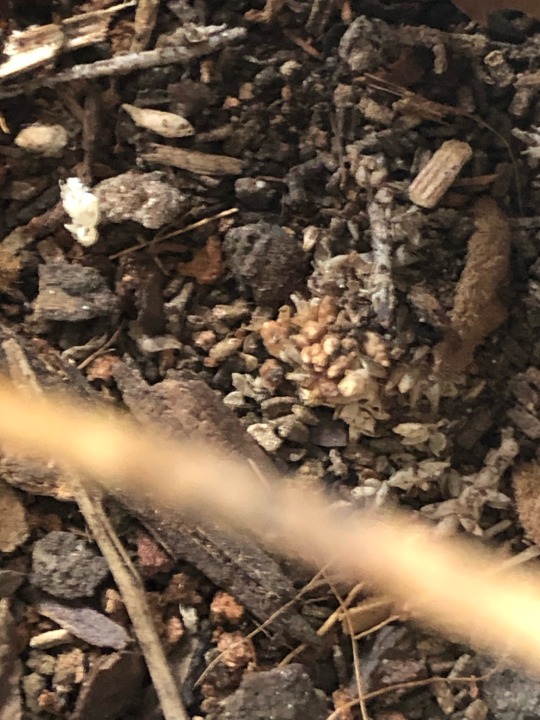
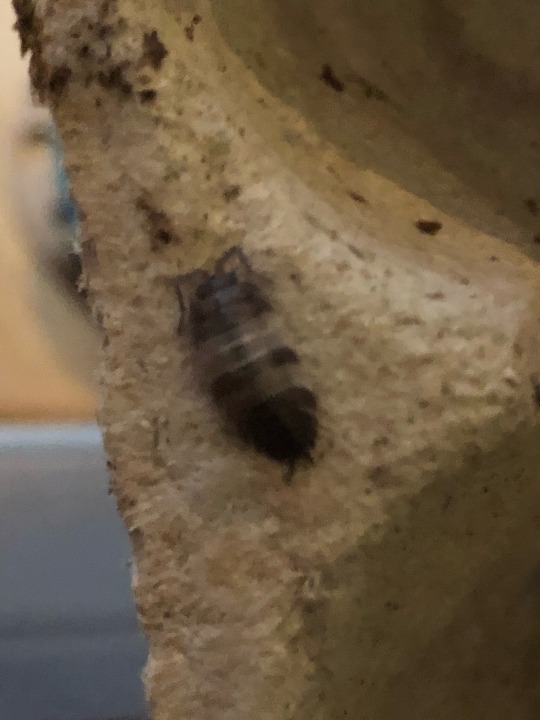
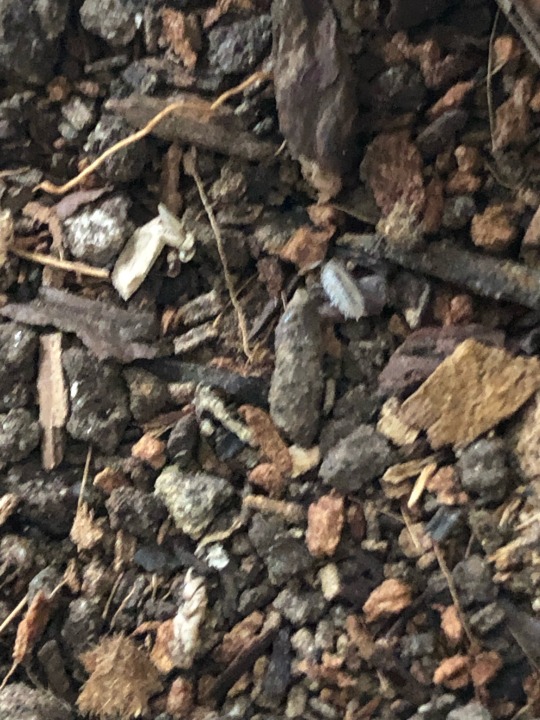
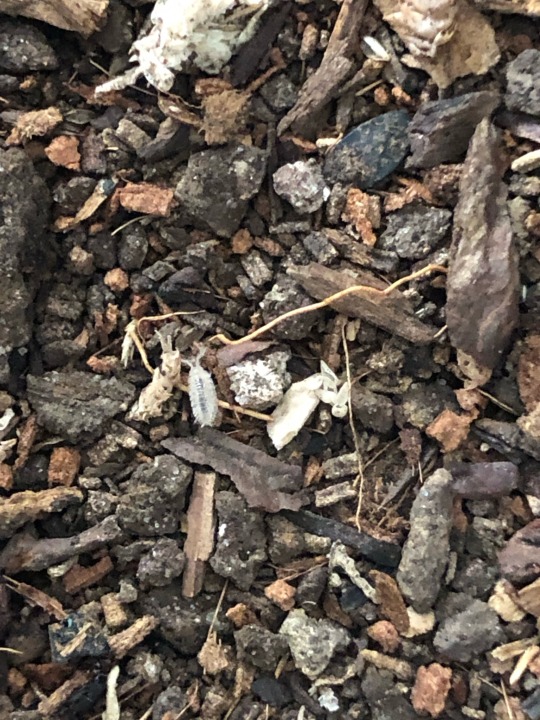
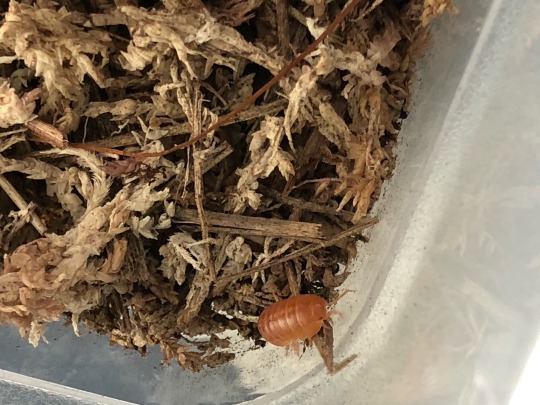
BABIES!! ALL MY PODS HAVE BABIES,,,
#noodles isopods#isopods#isopod#lava morph#porcellio#porcellio scaber lava#porcellio scaber#armadillidium#armadillidium vulgare#mancae
10 notes
·
View notes
Text


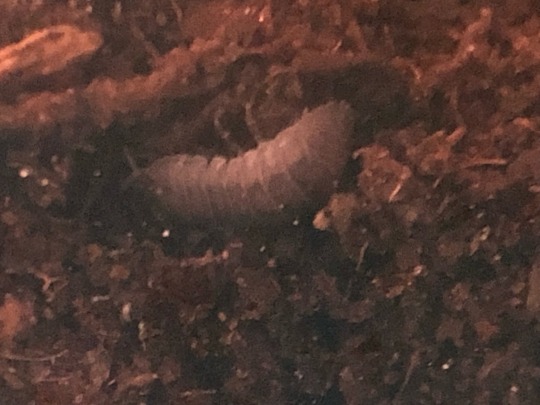
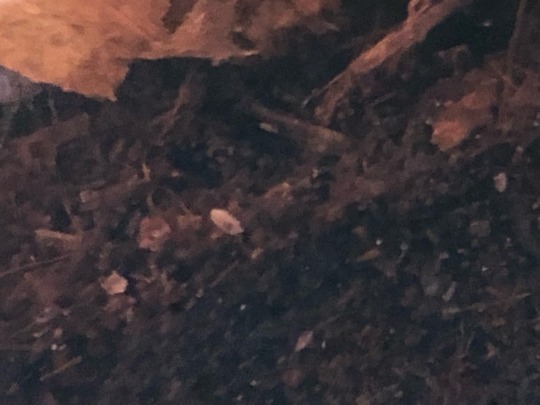

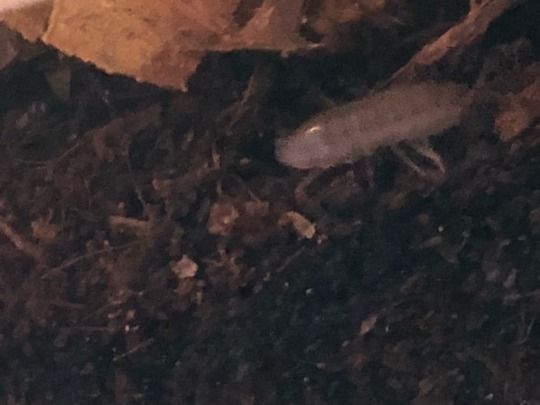
Armadillidium nasatum pictures, they have babies!!! Tiny widdle mancae!!<33
6 notes
·
View notes
Photo









💞 / 💗 / 💞 💗 / 💞 / 💗 💞 / 💗 / 💞 a stimboard for woodlice that can NOT roll into a little ball for mosswoodgrove !!
390 notes
·
View notes
Text


Porcellio scaber 'dalmatian' morph
lookit her little eye ring 🥺
13 notes
·
View notes
Photo



Update on my mixed porcellio scaber. Everyone’s doing pretty well! Since I got them they’ve produced a lot of tiny babies, and those tiny babies have grown into Slightly Larger babies. I’ve seen many solid orange babies, a few whites, and most notably a couple orange isopods with WHITE SPOTS! They were big enough that I could clearly see several unique white spots/patches compared to the solid orange babies, and I’m very excited to see what they’ll grow into. I didn’t get a picture of them here, but I swear they’re in there somewhere.
My pictures aren’t the best, but the top two are a pair of dalmations–two of my originals, an orange and a brown (yes! brown! i recognize it at a glance, it is very distinct from my other dalmations) that have started to grow into big handsome lads.
The bottom picture is one of my favorites. The isopods are often scattered throughout the enclosure, but they especially love to congregate under and in their cork bark and around their chunk of cuttlebone. Today I saw all of these lovelies under there, along with another normal, dalmation, and someone I couldn’t quite make out hiding in one of the cork holes.
These isopods are a joy to have and I am really glad I went with Alan’s “lottery ticket” p. scaber as my first. Such a cool idea and I really love them to bits. c:
11 notes
·
View notes
Text

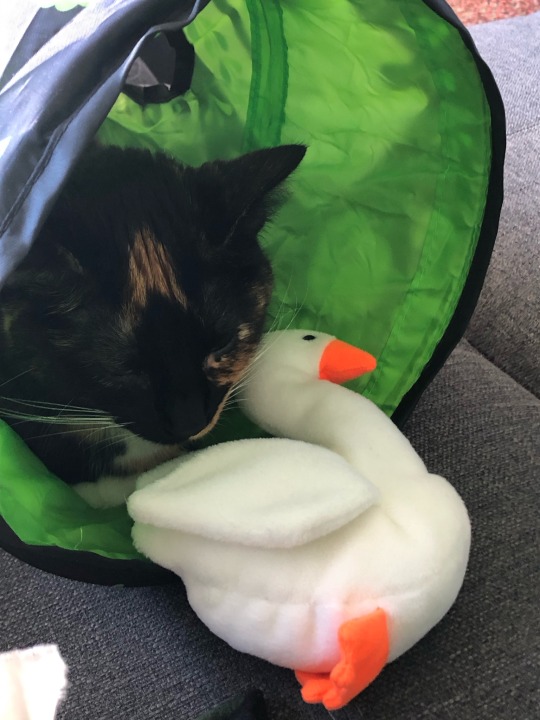
A snugglebug, if you will.
Her name is Luna, but she is also called Luna-tuna, stuna, stinker, goose….
0 notes
Text

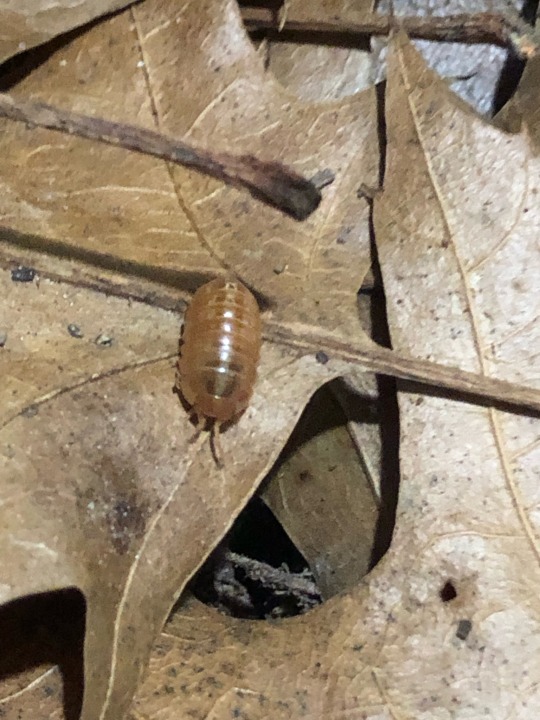
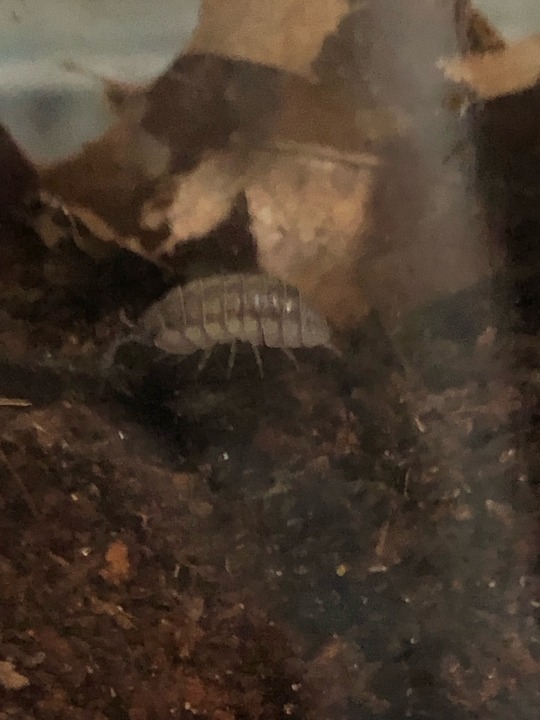


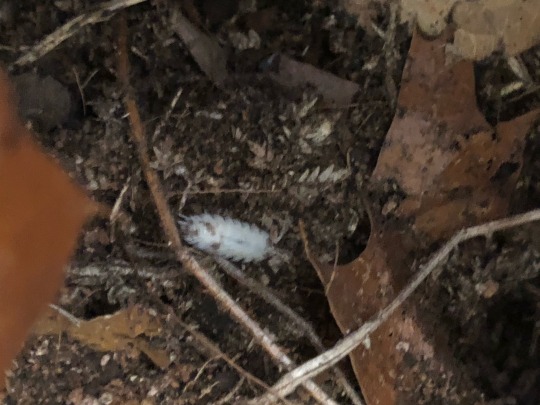
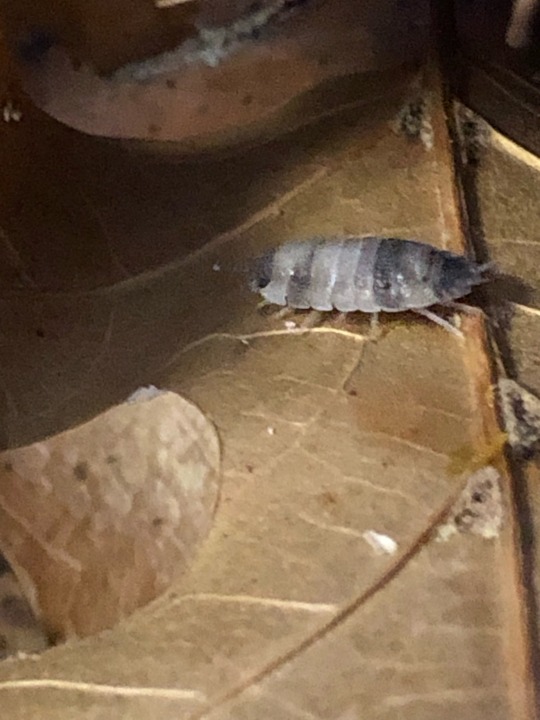
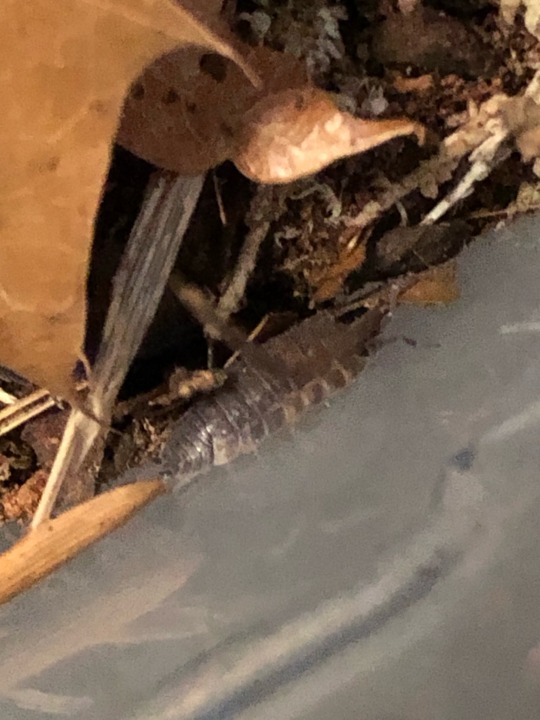
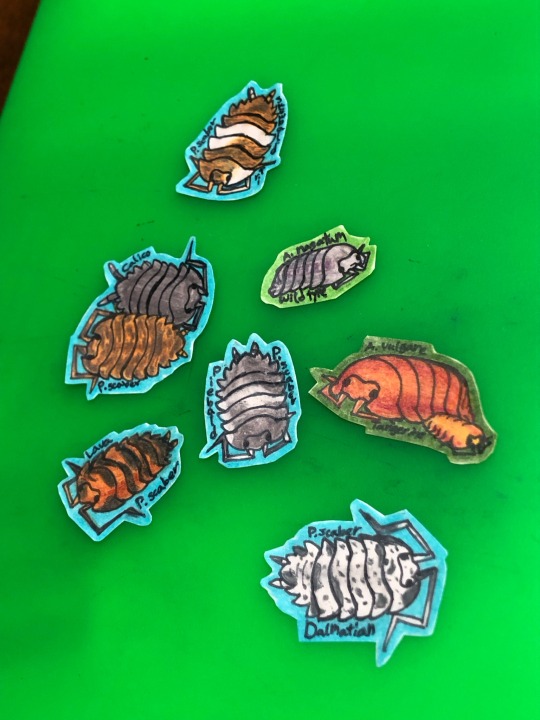
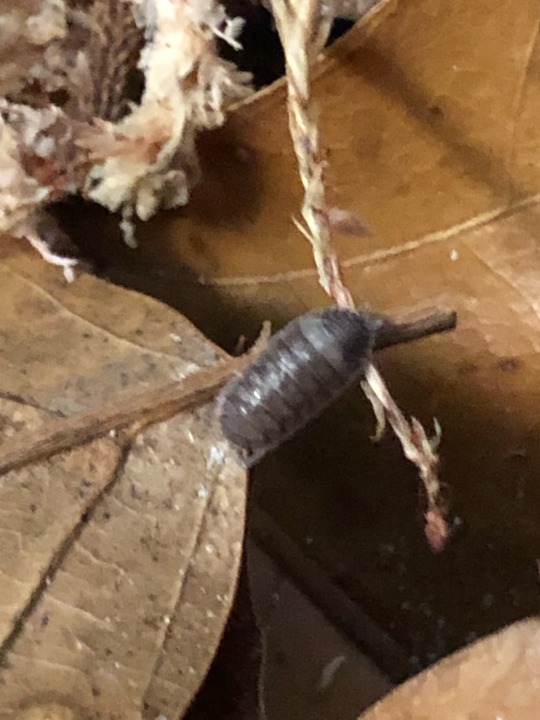
Pods….
P. scaber: Dalmatian, Lava, Piebald, Calico
A. vulgare: Tangerine
A. nasatum: Wild mix
#isopod#isopods#noodles isopods#porcellio scaber#porcellio#armadillidium#armadillidium vulgare#armadillidium nasatum#lava morph#porcellio scaber lava
2 notes
·
View notes
Text
Snoozy little lava,,
#lava morph#P. scaber#porcellio#porcellio scaber#porcellio scaber lava#isopods#isopod#noodles isopods
3 notes
·
View notes